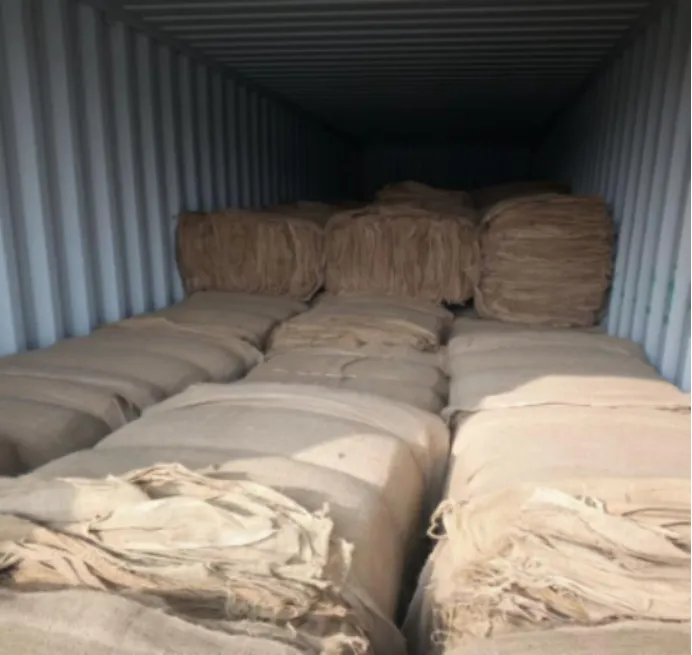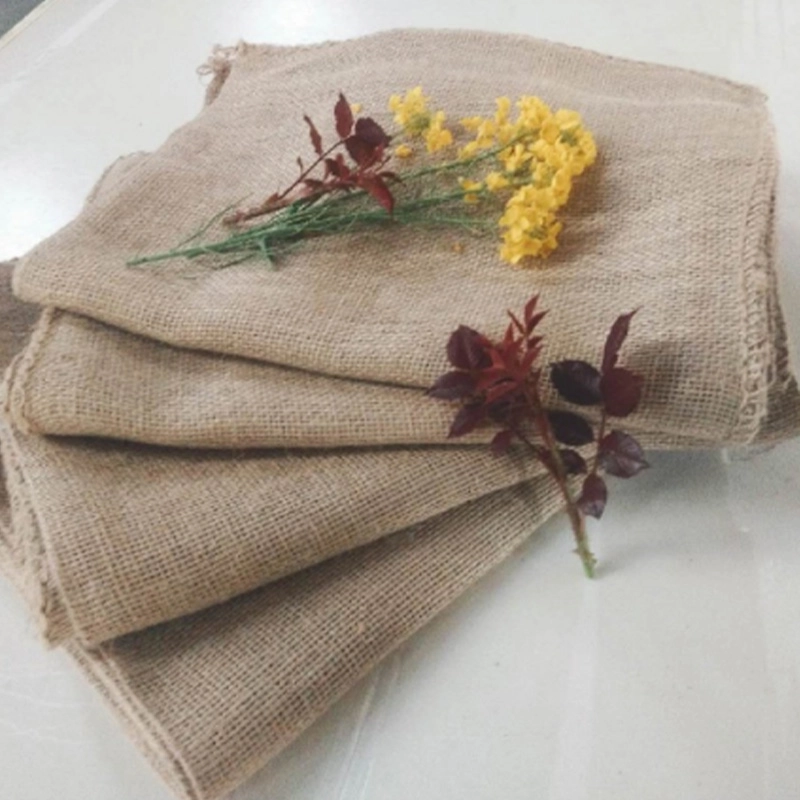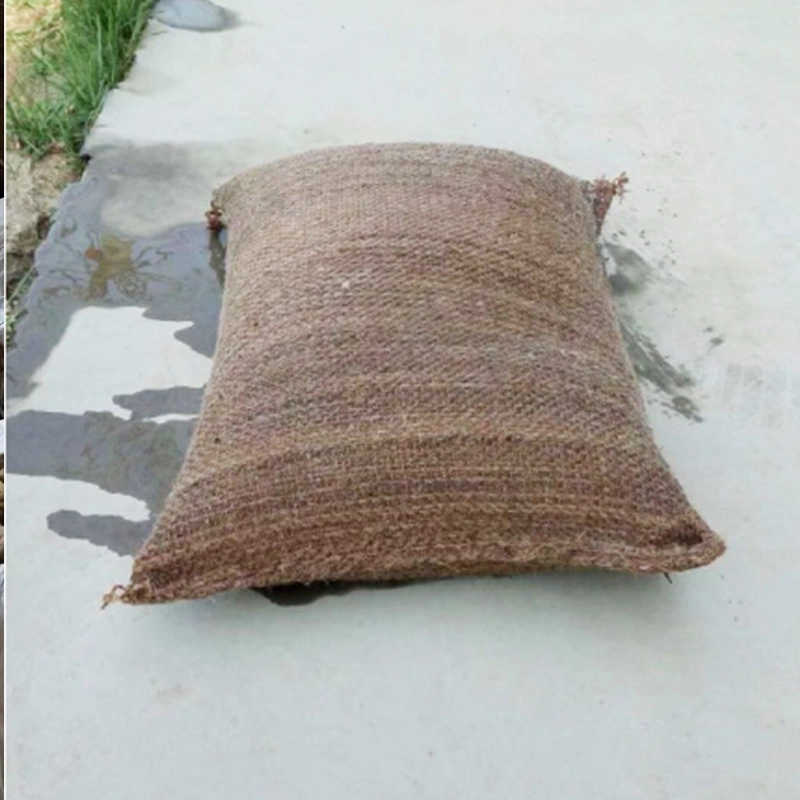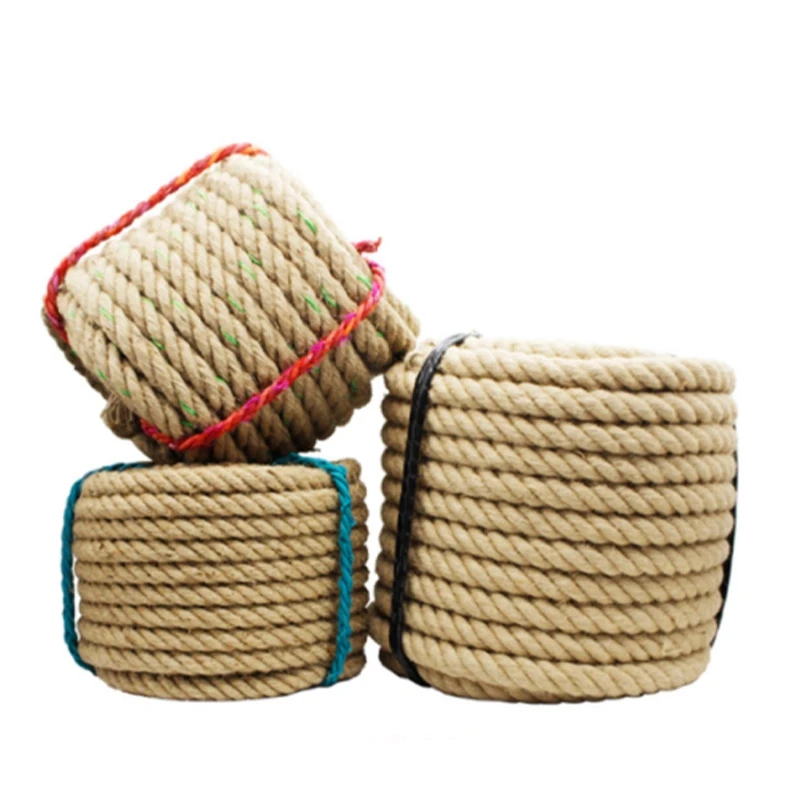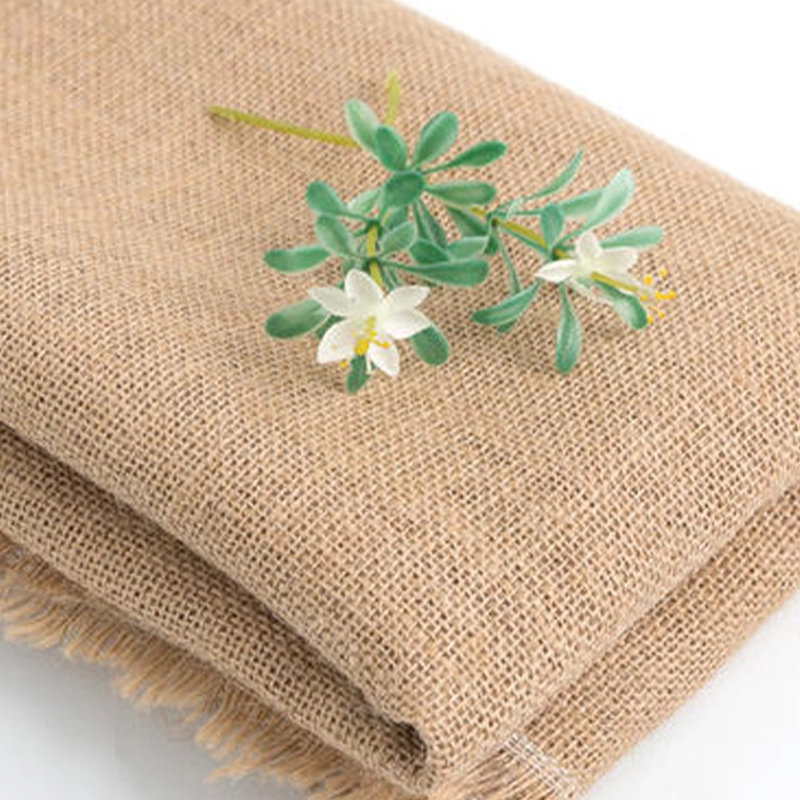Jute ist eine Naturfaser, die im Volksmund auch „Goldene Faser“ genannt wird. Es ist eine der günstigsten und stärksten Naturfasern und gilt als Faser der Zukunft. Bei der weltweiten Produktion von Textilfasern steht Jute nach Baumwolle an zweiter Stelle. Die Jutefaser ist auch als Pat, Kosta, Nalita, Bimli oder Mesta (Kenaf) bekannt.
Jute is not only a major textile fibre but also a raw material for non traditional and value added non-textile products. Jute is used extensively in the manufacture of different types of traditional packaging fabrics, manufacturing Hessian, saking, carpet backing, mats, bags, tarpaulins, ropes and twines. Recently jute fibers are used in a wide range of diversified products: decorative fabrics, chic-saris, salwar kamizes, soft luggage's, footwear, greeting cards, molded door panels and other innumerable useful consumer products. Supported by several technological developments today jute can be used to replace expensive fibers and scare forest materials.
Jute sacks/burlap bag/gunny bag
Was ist Jute?
Plastiktüten haben einen erheblichen Anteil an der Umweltverschmutzung. Obwohl sie langlebig sind, sind sie nicht biologisch abbaubar, was eine sichere Entsorgung nahezu unmöglich macht. Forscher und Wissenschaftler haben unermüdlich daran gearbeitet, alternative Fasern zu finden, die nicht nur Kunststoff, sondern auch andere synthetische Fasern ersetzen können, ohne die Umwelt so stark zu belasten.
Jute, also known as the “golden fibre’ – is a natural fibre that has provided a reprieve. It’s used to make a variety of items which include sacks, curtains, furniture accessories and rustic looking Jutebeutel.
The fibre is made from plants with long, soft and shiny fibres spun into strong but coarse threads. This one-of-a-kind fibre which is second to cotton in terms of production provides an alternative to synthetic fibres and materials like plastic.
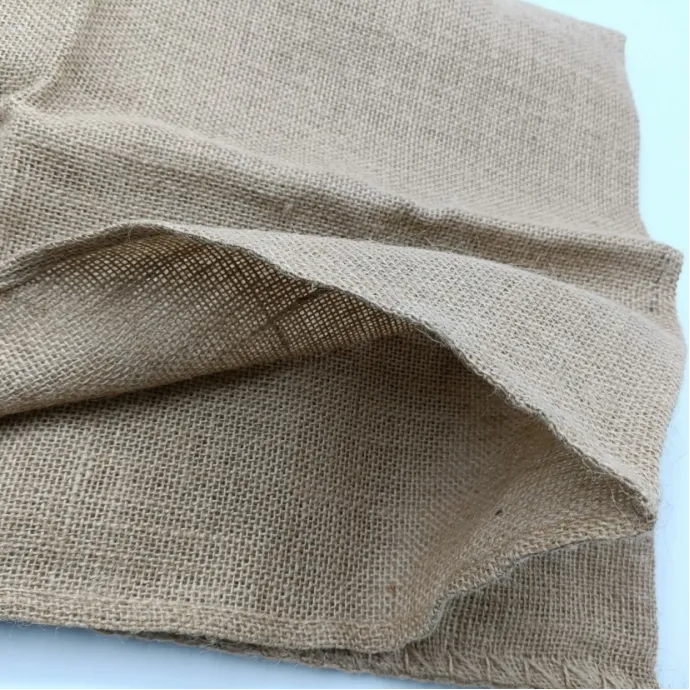
Jute Types
Neuer Jutebeutel mit einem grünen Streifen: 75 cm * 110 cm. Gewicht: jeweils ca. 1000 g
Neuer Jutebeutel mit einem grünen Streifen: 74 cm * 105 cm. Gewicht: jeweils ca. 600 g
Neuer Jutebeutel: 74 cm * 105 cm. Gewicht: jeweils ca. 850 g.
Neuer Jutebeutel: 60 cm x 100 cm. Gewicht: jeweils ca. 480 g
New burlap bag (thick burlap bag) : 60CM * 100CM Weight: approximately 600g each
Neuer Jutebeutel (mittlere Größe): 60 cm x 90 cm. Gewicht: jeweils ca. 450 g
New burlap bag (thick burlap bag) : 60CM * 90CM Weight: approximately 580g each
Neuer Jutebeutel (mittlere Größe): 50 cm * 74 cm. Gewicht: jeweils ca. 300 g
Neuer Jutebeutel (kleine Größe): 40 cm x 60 cm. Gewicht: jeweils ca. 200 g
90% new burlap bag (large size) : 74CM * 107CM Weight: approximately 850g each
Large patch burlap bag (large size) : 74CM * 107CM Weight: Approximately 850g each
Small patch burlap bag (large size) : 74CM * 107CM Weight: Approximately 850g each
Alter Jutebeutel mit grünen Streifen (groß): 75 cm * 110 cm. Gewicht: jeweils ca. 1000 g
Sackleinen-Spezifikationen von groß bis klein.
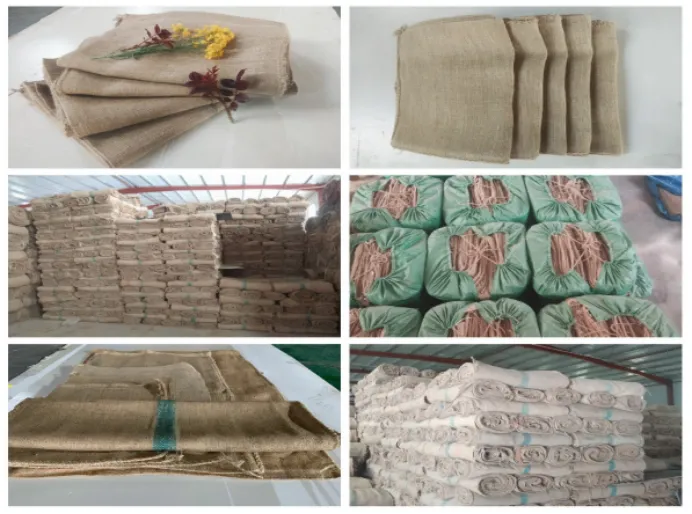
Nationaler Standard-Leinenbeutel: 107 * 74 cm.
Anwendbarer Bereich: Wird häufig zum Aufbewahren von Erdnüssen und Bohnen sowie zur Vorbeugung und Kontrolle von Überschwemmungen verwendet.
Small burlap bag :50 * 70cm.Applicable range: commonly used as flood prevention burlap bag, flood prevention burlap bag, and glass ball burlap bag;
Kleiner Jutebeutel: 40 x 60 cm. Anwendungsbereich: Wird häufig für Hardware-Verpackungen wie Schrauben und Muttern verwendet.
Kleiner Jutebeutel: 30 x 50 cm. Anwendbarer Bereich: Wird häufig für Hardware-Verpackungen und Bodenfüllungen verwendet.
Anpassbare Größe je nach Bedarf.

